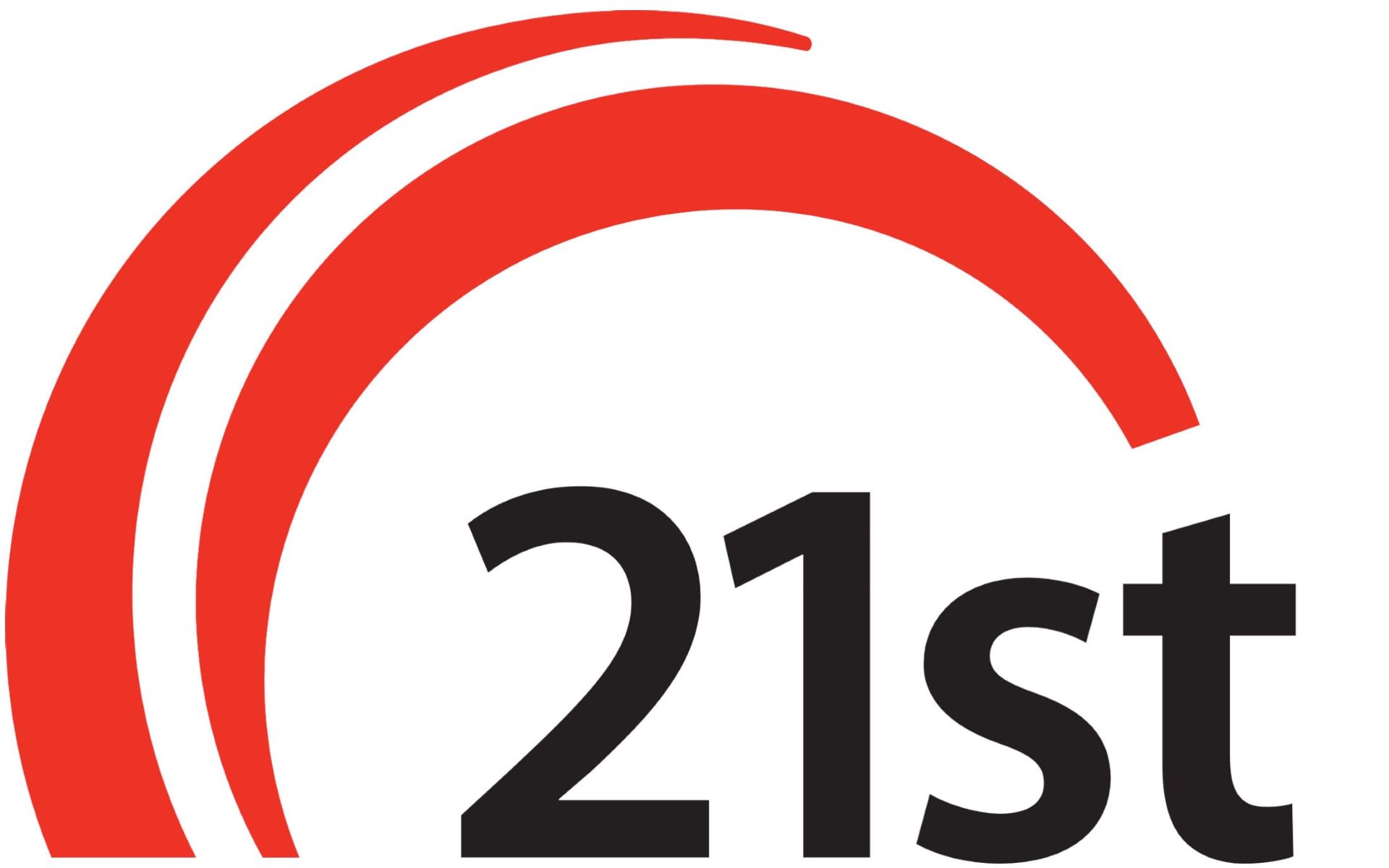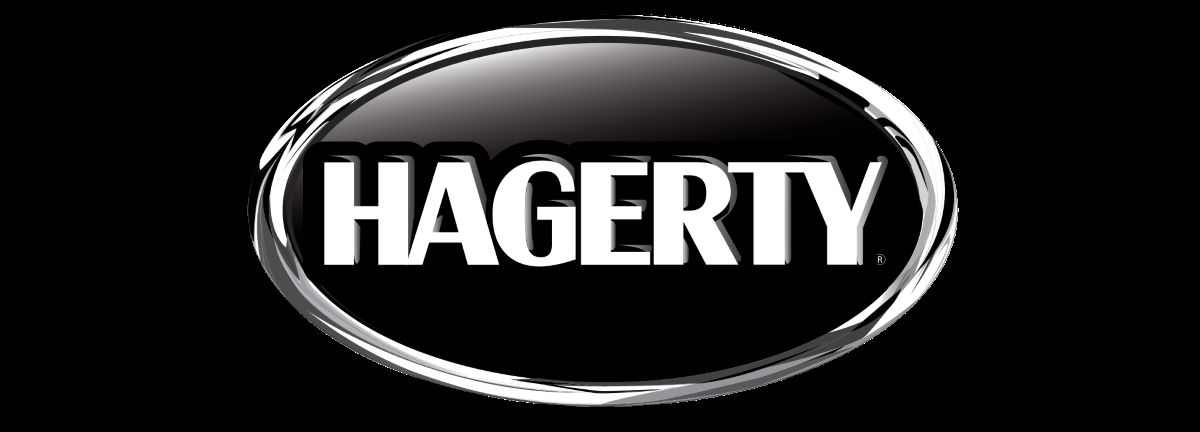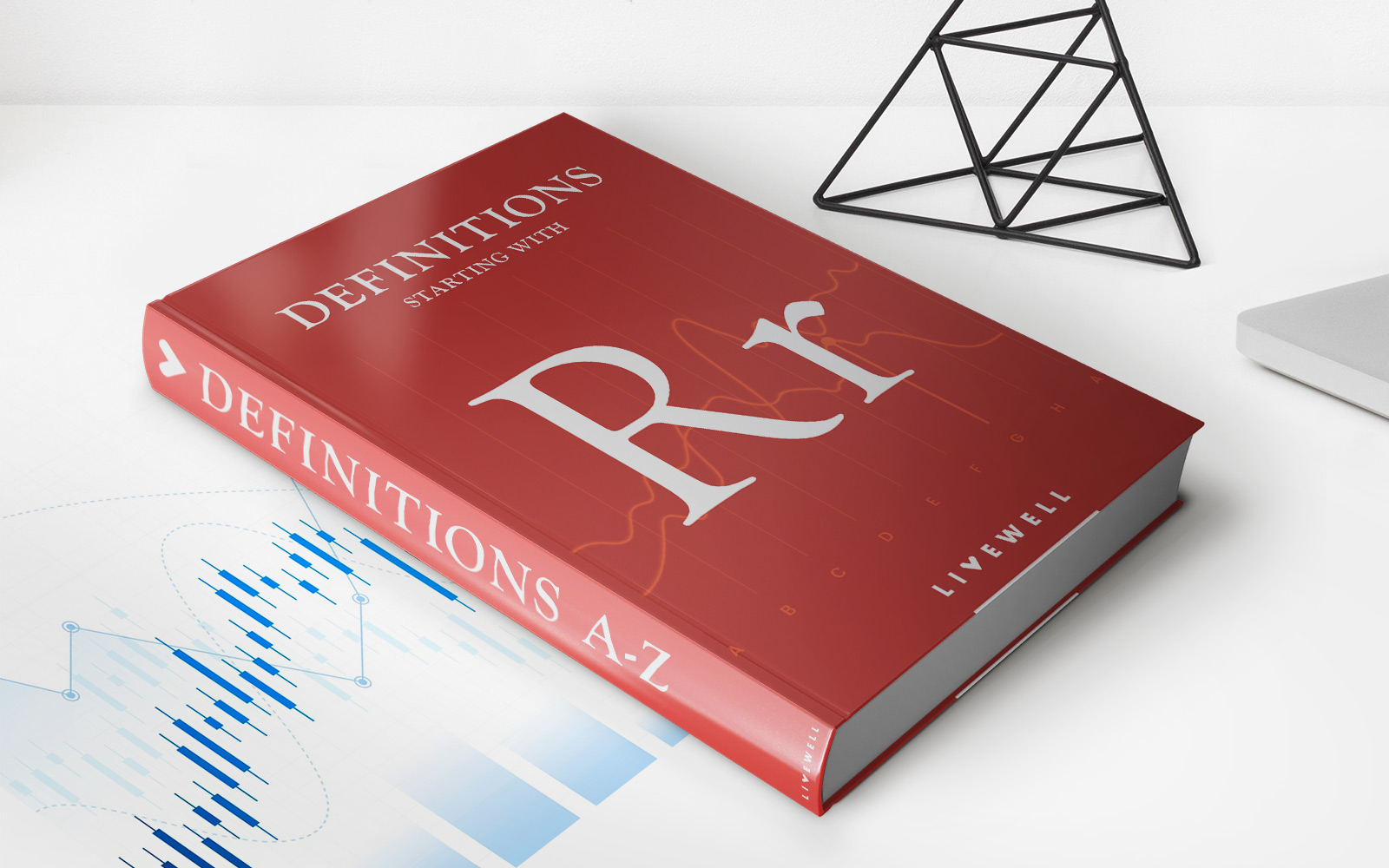

Finance
Who Owns The General Insurance
Published: November 17, 2023
Learn about who owns the general insurance and the role of finance in the industry. Discover the key players and their impact on the finance sector.
(Many of the links in this article redirect to a specific reviewed product. Your purchase of these products through affiliate links helps to generate commission for LiveWell, at no extra cost. Learn more)
Table of Contents
- Introduction
- Overview of General Insurance
- Understanding Ownership in General Insurance
- Types of Ownership in General Insurance
- Individual Ownership
- Corporate Ownership
- Partnership Ownership
- Government Ownership
- Ownership in General Insurance Companies
- Who Owns the General Insurance Industry?
- Factors Affecting Ownership in General Insurance
- Regulatory Framework for Ownership in General Insurance
- Conclusion
Introduction
General insurance plays a vital role in protecting individuals and businesses from unexpected financial losses resulting from various risks such as accidents, thefts, natural disasters, and liability claims. It encompasses a wide range of insurance policies, including auto insurance, homeowners insurance, health insurance, and liability insurance.
While the concept of general insurance is well-known, there is often confusion regarding ownership in the industry. Who exactly owns the general insurance companies that provide these essential coverages? To shed light on this topic, we will delve into the intricacies of ownership in the general insurance sector and explore the various stakeholders involved.
This article aims to provide an overview of general insurance, explain the different types of ownership structures found in the industry, and examine the factors that influence ownership. Whether you are a policyholder, an investor, or simply curious about the inner workings of the general insurance industry, this article will offer valuable insights.
Overview of General Insurance
General insurance, also known as non-life insurance, is a type of insurance that covers individuals, businesses, and other entities against a wide range of risks and perils. Unlike life insurance, which provides coverage for the policyholder’s life, general insurance policies provide protection for specific assets, liabilities, or events.
General insurance policies can vary in nature and scope, depending on the specific needs and requirements of the insured. Some common types of general insurance policies include:
- Auto Insurance: Provides coverage for damages and losses related to accidents involving vehicles.
- Homeowners Insurance: Protects homeowners against losses caused by events such as fire, theft, or natural disasters.
- Health Insurance: Covers medical expenses incurred due to illness or injury.
- Liability Insurance: Protects individuals or businesses from financial liabilities that may arise from legal claims.
- Travel Insurance: Provides coverage for travel-related risks, such as trip cancellations, medical emergencies, or lost luggage.
- Business Insurance: Offers protection against various risks faced by businesses, such as property damage, liability claims, or business interruption.
General insurance policies are typically provided by insurance companies, which are licensed entities that specialize in assessing risks, determining appropriate premiums, and covering potential losses. These companies pool premiums from policyholders and use those funds to pay for claims and operational expenses.
In return for their coverage, policyholders pay premiums at regular intervals. The amount of the premium is determined by several factors, including the type of coverage, the level of risk associated with the insured asset or event, the policyholder’s claims history, and other relevant demographic or risk-related factors.
General insurance is regulated by government authorities to ensure fair practices, financial stability, and consumer protection. Insurers are required to comply with specific guidelines and regulations that vary from one jurisdiction to another.
Understanding Ownership in General Insurance
Ownership in the general insurance industry refers to the entities or individuals who have legal control and financial interest in insurance companies. These owners are responsible for the operations, decision-making, and overall performance of the company.
Ownership in general insurance can take various forms, including individual ownership, corporate ownership, partnership ownership, and government ownership. Each type of ownership structure has its own advantages and implications.
Individual Ownership
In individual ownership, a single person owns the insurance company. This individual may have founded the company or acquired it through purchase. Individual ownership provides the owner with complete control and decision-making authority. However, it also means that the owner assumes all financial risks and liabilities associated with the business.
Corporate Ownership
Corporate ownership is prevalent in the general insurance industry. In this form of ownership, the insurance company is owned by one or more corporations, which may be publicly traded or privately held. Corporate ownership allows for shared responsibilities and resources, spreading the risks and liabilities among shareholders. Shareholders typically appoint a board of directors to oversee the company’s operations and make strategic decisions.
Partnership Ownership
Partnership ownership involves the joint ownership of an insurance company by two or more individuals or entities. Partnerships offer the advantage of combining resources and expertise from multiple parties. Each partner contributes to the company’s capital, shares responsibilities, and shares in the profits or losses accordingly. Clear partnership agreements are essential to establish the roles, contributions, and decision-making processes of each partner.
Government Ownership
In some cases, the government may have ownership stakes in general insurance companies. Government ownership can be either partial or complete, depending on the specific regulations and policies of a given country. The primary aim of government ownership is to ensure stability, regulation compliance, and public interest in the insurance industry.
It is important to note that the type of ownership structure can vary from one insurance company to another, depending on factors such as the company’s size, nature of operations, and legal requirements of the jurisdiction in which it operates.
Types of Ownership in General Insurance
Ownership in the general insurance industry can be categorized into different types based on the ownership structure and the entities involved. Let’s explore some of the common types of ownership found in general insurance companies:
Publicly Traded Companies
Publicly traded general insurance companies are owned by shareholders who purchase the company’s stock through stock exchanges. These companies issue shares to the public, allowing anyone with the means to invest and become a partial owner of the company. Ownership is determined by the number of shares held by each shareholder. Shareholders have the right to vote on important company decisions and may receive dividends based on the company’s profits.
Privately Held Companies
Privately held general insurance companies are owned by individuals, families, or a group of investors. Unlike publicly traded companies, ownership in privately held companies is not available to the general public. The owners may include the founders of the company or private investors who have acquired shares through private placements or direct investments. Private ownership provides more control and privacy but restricts the opportunities for external ownership.
Mutual Companies
Mutual general insurance companies are owned by their policyholders, who also act as the shareholders. These companies operate on a cooperative basis, with policyholders contributing premiums and sharing in the company’s profits or losses. Policyholders have the right to vote on company matters, such as the election of the board of directors. The main objective of mutual companies is to serve the interests of their policyholder-owners rather than maximizing profits for external shareholders.
Government-Owned Companies
In some cases, general insurance companies are owned by the government or have a significant government ownership stake. These companies operate under the supervision of government authorities and may serve specific social or national objectives. Government-owned insurance companies are often established to ensure stability, promote public welfare, and provide insurance coverage in sectors that may not be adequately served by private insurers.
Joint Ventures and Consortiums
Joint ventures and consortiums involve two or more insurance companies coming together to establish a separate entity for specific purposes. Each partner contributes capital and resources to form the joint venture or consortium, and ownership is shared according to pre-determined agreements. Joint ventures and consortiums allow companies to pool their expertise, expand their market reach, and provide specialized insurance products or services.
It’s important to note that the ownership structure of a general insurance company can evolve over time and may be subject to regulatory changes and industry dynamics. The specific ownership type adopted by a company can have implications on governance, decision-making, and the alignment of interests between owners and policyholders.
Individual Ownership
In the general insurance industry, individual ownership refers to a single person who owns and controls an insurance company. This person may be the founder of the company or someone who has acquired ownership through purchase or inheritance.
Individual ownership offers several advantages. Firstly, the owner has complete control over the company’s operations and decision-making processes. This allows for agile and swift decision-making, enabling the owner to respond to market changes and make strategic choices that align with their vision for the business. Secondly, individual ownership allows for greater flexibility in adapting to emerging trends and innovations. The owner can swiftly implement changes, introduce new products, and explore novel business strategies without the need to navigate complex decision-making structures.
However, individual ownership also comes with its share of risks and responsibilities. The owner assumes all financial risks associated with the business, including potential claims and losses. Unlike in corporate ownership structures, where risks and liabilities are shared among shareholders, individual owners bear the burden solely.
Furthermore, the success of the business heavily relies on the expertise, experience, and financial resources of the individual owner. They are responsible for ensuring the company’s financial stability, attracting and retaining qualified staff, and managing the day-to-day operations effectively.
In some cases, individual ownership may be transient. As the insurance industry evolves or the owner’s circumstances change, they may decide to sell the company to another individual or entity. This transition can bring new opportunities and fresh perspectives to the business.
Overall, individual ownership in the general insurance industry offers the benefits of autonomy, agility, and quick decision-making. However, it also involves assuming all the financial risks and responsibilities associated with the business. Individual owners must possess the necessary skills, knowledge, and resources to steer the company towards long-term success in a highly competitive marketplace.
Corporate Ownership
Corporate ownership is a prevalent form of ownership in the general insurance industry. In this structure, an insurance company is owned by one or more corporations, which may be publicly traded or privately held. Corporate ownership brings with it several advantages and considerations.
One of the key advantages of corporate ownership is the availability of resources and expertise. Corporations often have substantial financial backing and access to a wide pool of talent. This enables insurance companies to invest in advanced technology, research and development, and expand their operations. Additionally, the diversified ownership structure of corporations allows for risk sharing among shareholders, reducing the financial burden on any one entity.
Corporate ownership also offers the opportunity for professional management and governance structures. Shareholders appoint a board of directors who oversee the company’s operations, set strategic goals, and ensure compliance with regulations. This separation between ownership and management allows for the specialization of roles, bringing in expertise from various fields to maximize the company’s performance.
Another advantage of corporate ownership is the ability to access capital markets. Publicly traded insurance companies can issue shares to the public, unlocking additional funds for growth, acquisitions, and investments. This access to capital enables insurance companies to expand their market presence, enhance their product offerings, and remain competitive in the industry.
However, corporate ownership also comes with certain challenges. Complex decision-making processes can slow down the implementation of strategic initiatives, making it harder for companies to adapt to rapidly changing market conditions. Additionally, satisfying the expectations and interests of multiple shareholders can sometimes lead to conflicting priorities and long-term vision.
Overall, corporate ownership in the general insurance industry allows for the pooling of resources, expertise, and capital, enabling insurance companies to grow and thrive. It also provides a framework for strategic decision-making and professional management. By balancing the needs of shareholders, directors, and policyholders, corporate ownership empowers insurance companies to navigate the complexities of the industry and deliver value to all stakeholders.
Partnership Ownership
Partnership ownership is another form of ownership structure found in the general insurance industry. In this arrangement, an insurance company is jointly owned by two or more individuals or entities who enter into a partnership agreement to operate the business together.
Partnership ownership offers several benefits. Firstly, it allows for the pooling of resources and expertise. Each partner brings their own financial contributions, skills, and networks to the table, enhancing the overall capabilities of the company. This shared responsibility can help to spread financial risks and make the company more resilient.
Partnerships are also characterized by shared decision-making and collective responsibility. Partners work together to make crucial business decisions, ensuring that different perspectives and expertise are considered. This collaborative approach can lead to well-rounded strategies and better risk management.
Partnerships often have clear partnership agreements that outline the roles, responsibilities, and profit-sharing arrangements between the partners. These agreements help to maintain fairness and prevent disputes by establishing rules and guidelines for the operation of the business.
However, partnership ownership also has its challenges. Partnerships may face disagreements or conflicts of interest, requiring effective communication and conflict resolution skills to maintain a harmonious working relationship. Additionally, the exit or entry of partners can introduce complexities and require adjustments to the partnership agreement and ownership structure.
Partnership ownership in the general insurance industry allows for the combination of resources, expertise, and networks, fostering a collaborative approach to decision-making and risk management. By leveraging the unique strengths of each partner, insurance companies can enhance their capabilities and provide comprehensive coverage to policyholders. Successful partnerships rely on strong communication, trust, and a shared vision for long-term success.
Government Ownership
Government ownership plays a significant role in the general insurance industry. In some cases, the government may have ownership stakes in insurance companies or establish entirely government-owned insurance entities. This form of ownership serves specific purposes and aims to ensure stability, regulatory compliance, and public welfare.
Government-owned insurance companies can be either partially or fully owned by the government. In partial ownership, the government holds a certain percentage of shares, while the rest may be owned by private entities or the public. Conversely, in full government ownership, the entire company is owned and controlled by the government.
The main objective of government ownership in insurance is to protect the public interest. Government-owned insurance companies often provide coverage in sectors where private insurers may be reluctant to operate, such as insuring against natural disasters or offering insurance to high-risk individuals or businesses.
Government ownership can also be driven by the need to promote stability and ensure the availability of insurance services in the country. Government-owned insurers may serve as a safety net to prevent market failures and ensure that insurance coverage is accessible to all citizens, even in challenging economic conditions or underprivileged areas.
In addition, government ownership allows for direct control over insurance policies and ensures regulatory compliance. Governments can establish regulations and guidelines that govern the insurance industry, with government-owned insurers leading by example in meeting these standards. This enables the government to protect consumers, maintain financial stability, and ensure fair practices within the insurance market.
However, government ownership also presents potential challenges. Decision-making in government-owned insurance companies may be subject to bureaucratic processes, leading to slower response times and less flexibility compared to private insurers. Balancing the objectives of public welfare and profitability can also pose challenges, as government-owned insurers may need to prioritize social interests over financial gains.
Government ownership in the general insurance industry serves as a safeguard for public welfare and stability. It allows governments to regulate the industry, provide coverage in underserved areas, and protect citizens from risks that private insurers may consider unprofitable. By ensuring inclusivity and compliance, government-owned insurers contribute to the overall resilience and accessibility of insurance services within a country.
Ownership in General Insurance Companies
Ownership in general insurance companies refers to the entities or individuals that have legal control and financial interest in the company. The ownership structure of general insurance companies can vary, depending on factors such as the size, nature of operations, and regulatory requirements.
General insurance companies can be owned by individuals, corporations, partnerships, or even the government. The type of ownership determines the decision-making authority, financial liabilities, and risk-sharing among stakeholders.
In individual ownership, a single person owns and controls the insurance company. This allows for agility in decision-making but also means assuming all financial risks associated with the business.
Corporate ownership involves ownership by corporations, which can be publicly traded or privately held. With corporate ownership, decision-making authority is often shared among shareholders, and resources and risks are spread among multiple entities.
Partnership ownership occurs when two or more individuals or entities jointly own the insurance company. Partners contribute resources, expertise, and decision-making to the business, sharing both risks and rewards.
Government ownership can be partial or complete, depending on specific regulations. Government-owned insurance companies serve public interests, ensure stability, and provide coverage in sectors that might otherwise be underserved.
Regardless of the type of ownership, general insurance companies are bound by regulations and guidelines set by government authorities. These regulations aim to maintain financial stability, protect policyholders, and promote fair competition within the industry.
It’s important to note that ownership structures can evolve over time. Companies may undergo ownership changes, such as acquisitions or mergers, to gain market share, access capital, or enhance their competitive position.
Overall, the ownership structure of general insurance companies plays a crucial role in shaping their strategies, decision-making processes, and risk management. It determines the distribution of responsibilities, financial risks, and rewards among stakeholders, with the aim of providing quality insurance services and protecting the interests of policyholders.
Who Owns the General Insurance Industry?
The ownership landscape of the general insurance industry is diverse and dynamic. Various entities and individuals have ownership stakes in different insurance companies, contributing to the overall competitiveness and stability of the industry.
While it is difficult to determine the exact ownership structure of the entire general insurance industry globally, there are some key players who commonly own insurance companies:
Private Investors
Private investors, such as high net worth individuals, investment firms, and private equity groups, often have ownership stakes in general insurance companies. These investors seek opportunities to generate returns on their investments by providing capital and expertise.
Institutional Investors
Institutional investors, such as pension funds, mutual funds, and insurance companies themselves, may also own shares in general insurance companies. These entities invest in the insurance industry as part of their diversified investment portfolios.
Public Shareholders
Publicly traded insurance companies have ownership dispersed among individual shareholders who purchase the company’s shares on stock exchanges. These shareholders can include both institutional investors and individual retail investors.
Government Entities
Government entities, at the national or regional level, may have ownership stakes in general insurance companies. Governments often establish insurance companies to serve public interests, such as promoting stability, providing coverage in underserved areas, or ensuring access to insurance for specific sectors.
It’s important to note that the ownership structure can vary across different countries and regions. In some countries, government-owned insurance companies may have a significant market share, while in others, private investors dominate the industry.
Additionally, ownership in the general insurance industry is not limited to a single category. It is common to have a mix of private investors, institutional investors, public shareholders, and government entities owning different insurance companies within a given market.
The ownership structure in the general insurance industry reflects a combination of market dynamics, regulatory requirements, and the diverse interests of stakeholders. It is a testament to the industry’s ability to attract investment and provide essential financial protection to individuals, businesses, and communities.
Factors Affecting Ownership in General Insurance
The ownership structure in the general insurance industry is influenced by several factors that shape the investors’ decisions and the overall market dynamics. These factors include:
Regulatory Environment
The regulatory framework of a particular jurisdiction plays a crucial role in determining the ownership structure of general insurance companies. Government regulations can stipulate the maximum ownership percentage allowed for foreign investors, the capital requirements, and other licensing requirements that impact ownership eligibility.
Market Competition
Competition within the general insurance industry can affect ownership dynamics. In highly competitive markets, companies may seek strategic partnerships or acquisitions to gain market share, access new customer segments, or expand their service offerings. This can lead to changes in ownership as companies consolidate or restructure their operations.
Financial Considerations
The financial performance and stability of an insurance company are vital factors in attracting potential owners. Investors analyze factors such as underwriting profitability, claims management, investment portfolio performance, and overall financial health to assess the potential return on investment and the risks associated with ownership.
Market Potential
The growth prospects and market potential of the general insurance industry in specific regions can influence ownership decisions. Investors are attracted to markets that offer robust growth opportunities due to factors such as increasing demand for insurance products, favorable demographics, and emerging risks.
Expertise and Synergies
Ownership decisions may also be driven by the desire to leverage expertise and synergies. Investors with experience in the insurance industry or related sectors may see value in owning insurance companies to benefit from operational efficiencies, cross-selling opportunities, or access to specialized knowledge.
Public Perception and Reputation
The reputation and public perception of an insurance company can influence ownership decisions. Investors may consider factors such as the company’s history, brand image, customer satisfaction, and corporate governance practices before acquiring ownership stakes.
These factors interact and vary depending on the specific circumstances of the general insurance market. Investors carefully assess these factors and evaluate the potential risks and rewards associated with ownership before making their investment decisions.
Overall, the ownership structure in the general insurance industry is influenced by a combination of regulatory, financial, competitive, and market-related factors. By considering these factors, investors aim to create sustainable and successful insurance companies that contribute to the overall growth and development of the industry.
Regulatory Framework for Ownership in General Insurance
The ownership of general insurance companies is subject to a regulatory framework established by government authorities in each jurisdiction. The regulatory framework aims to ensure the stability, integrity, and consumer protection within the insurance industry. Key aspects of the regulatory framework for ownership in general insurance include:
Licensing and Registration
Insurance regulators require owners of insurance companies to obtain the necessary licenses and registrations to operate in the industry. This process typically involves meeting specific requirements related to financial solvency, professional competence, and compliance with regulatory standards and codes of conduct.
Ownership Restrictions
Regulatory authorities often specify ownership restrictions to ensure that insurance companies are owned and controlled by eligible entities or individuals. These restrictions may include limitations on foreign ownership, requirements for substantial local ownership, and restrictions on ownership concentration to promote fair competition and stability in the industry.
Capital Requirements
Regulations typically prescribe minimum capital requirements that insurance companies must meet to ensure their financial stability and ability to meet policyholder obligations. These capital requirements are designed to safeguard policyholders and promote confidence in the insurance industry.
Fit and Proper Criteria
Regulatory authorities assess the qualifications, integrity, and competence of individuals or entities seeking ownership in the general insurance industry. Fit and proper criteria are established to ensure that owners have the necessary skills, reputation, and financial capacity to manage insurance companies effectively while protecting the interests of policyholders.
Corporate Governance
Regulations pertaining to corporate governance establish standards and guidelines regarding the structure, roles, and responsibilities of the board of directors, senior management, and other key positions within insurance companies. These regulations aim to ensure transparency, accountability, and ethical practices in decision-making and risk management.
Financial Reporting and Disclosure
Insurance companies are required to adhere to specific financial reporting and disclosure requirements set by regulatory authorities. These requirements include regular reporting of financial statements, solvency ratios, risk management practices, and other information to provide transparency and facilitate proper oversight.
The regulatory framework for ownership in general insurance evolves as the industry matures and faces emerging challenges. Regulators continuously assess and update these regulations to adapt to market dynamics, changes in technology, and evolving risks to protect the interests of policyholders and promote a well-functioning insurance market.
Insurance companies must carefully comply with the regulatory framework to maintain their licenses, operate within established boundaries, and gain the trust and confidence of policyholders and stakeholders.
Conclusion
Ownership in the general insurance industry is a complex and dynamic landscape, with various entities and individuals having a stake in insurance companies. The ownership structure can range from individual ownership to corporate ownership, partnership ownership, and even government ownership.
Individual ownership offers autonomy and agility but comes with the sole responsibility for financial risks. Corporate ownership provides access to resources and expertise, as well as shared decision-making and risk-sharing among shareholders. Partnership ownership allows for the pooling of resources and skills, promoting collaboration and shared responsibility. Government ownership aims to protect public welfare and ensure stability in the insurance industry.
The ownership structure can be influenced by factors such as regulatory environments, market competition, financial considerations, market potential, expertise, and public perception. These factors shape the decisions of investors and the overall market dynamics in the general insurance industry.
The regulatory framework for ownership in general insurance plays a vital role in ensuring stability, consumer protection, and compliance with standards. Licensing and registration requirements, ownership restrictions, capital requirements, fit and proper criteria, corporate governance, and financial reporting are key aspects of the regulatory framework.
Overall, the ownership structure in the general insurance industry reflects a dynamic and diverse landscape driven by market forces, regulatory requirements, and the evolving needs of policyholders. By understanding the various types of ownership and the factors influencing them, stakeholders can navigate the industry more effectively and contribute to the growth and resilience of the insurance sector.














